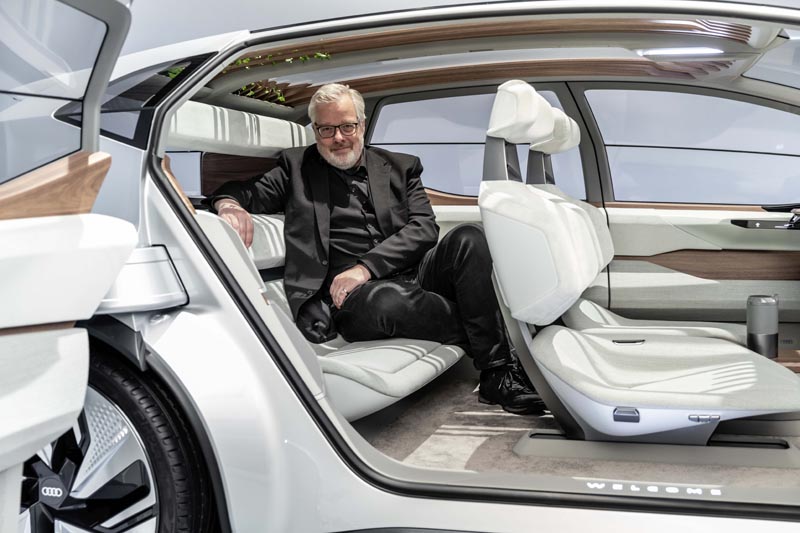What will mobility look like in the future? Will we all be getting around in safe, self-driven, electric cars? Or something completely different? Here is what "The Future of Mobility" columnist Don Dahlmann expects to happen.

It typically takes a bit of time before a new advance in technology gets broadly accepted in society. For example the automobile itself: when shown one of the first cars, Emperor Wilhelm II is said to have declared: “I believe in the horse; the automobile will be a passing fancy.” And he was not alone with that prediction. In Munich, cars were almost outlawed at the beginning of the twentieth century. The city administration claimed that they were too noisy, and that the exhaust would pollute the air. This of course, turned out to be a very accurate assessment.
At the time there was in fact a major backlash against automobile drivers, which was also due to class differences. Typically, only aristocrats and “nouveau riche” businessmen could afford the new vehicles, and they had basically declared open season on pedestrians and horse-drawn carriages. This battle between car-lovers and car-haters lasted around ten years; we of course know who won in the end.
This example nevertheless shows how difficult it is for a society to accept certain changes, especially when they affect things that have been part of everyday life for decades. And we are at the cusp of another such revolution right now!
The car was king of the road for decades, forcing cities to basically rebuild to become more “car-friendly”. Entire neighbourhoods were razed to make room for four-lane highways, car parks were erected, and pavements eliminated. Yet new types of mobility have arrived on the scene, and cars are coming under increasing fire, especially in cities. There are simply too many of them, causing gridlock and polluting the air we breathe. Has the automobile finally reached the end of the road?
Cars will not be disappearing any time soon – but the way in which we use them and our understanding of mobility are changing already today. We can see this change not only in the shift to electric cars, but also in the way technology is reshaping our mobility. Not everyone is happy about this, of course.
For example, there was a major uproar in 2019 when the first e-scooters started appearing in inner-city areas. People claimed they were too dangerous and were taking up even more space on our already-crowded pavements – and besides: who would trade their car for such a toy in the first place? Yet over a year later, it seems that the e-scooter has indeed won many people over. As it turns out, it was surprising how many people really did use their cars even for short trips within the city. Now many of them, particularly office employees, have switched to e-scooters.
This spring, we saw what happens when cars suddenly disappear: the coronavirus reduced traffic by up to 80%, the streets were all of a sudden empty, and the air was clean. It was in fact so clean that people in New Delhi were able to see the Himalayas for the first time in decades. A clearer case for e-mobility could hardly be made.
But we cannot simply replace all petrol and diesel motors with electric ones. After all, those cars would still be stuck in the same traffic – only more quietly. On the contrary, the key question that many experts are currently asking, is whether everyone in the city really needs their own car in the first place. After all, there are a variety of other options to choose from.
Car-sharing, ride-sharing, e-scooters, e-mopeds and/or public transit can together replace the private car perfectly well. And the next revolution is right on the horizon, since self-driving cars will soon be turning urban mobility on its head again.
Indeed, who needs their own car if everyone can just order one via smartphone, get picked up at home, and be driven quickly and safely to wherever they want to go? And this is not some visionary idea of life twenty years from now: Google, Tesla and other manufacturers are already testing fully self-driven cars in a number of cities, and are planning to roll them out into mass production within the next two years.
New technology is therefore even now changing our idea of the car and how we get from A to B. New types of mobility will, at least in the cities, be creating a revolution unlike anything we have seen since the invention of the automobile.
Text: Don Dahlmann
Most popular